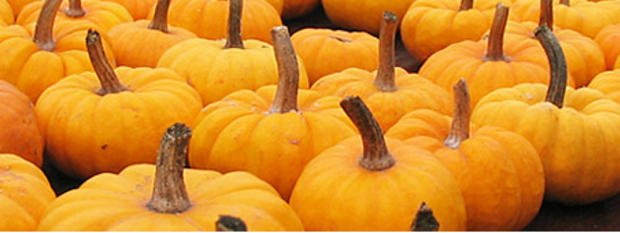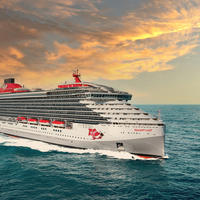The spooky fun of Halloween has its origins in the Celtic festival of Samhain, celebrating the end of summer and autumn harvests, and the Christian holy day of All Saints on November 1. The evening before All Saints was All Hallows Eve, from which derives the name Halloween.
The ancient Celts believed that the space between this world and the Otherworld shifted at Samhain, allowing spirits to pass through, thus the wearing of costumes and masks to disguise oneself as a harmful spirit and trick the spirits into believing the wearer was one of them.
While Halloween is celebrated in many countries around the world the best place to experience Halloween is the US, where people go all out with decorations such as pumpkin jack-o-lanterns, bonfires, costume parties with games such as apple-bobbing and, of course, costumed and masked children going from house to house 'trick or treating'. The term 'trick' refers to the threat to do mischief if no treat (such as lollies, chocolate or fruit) is forthcoming. Children dress up as ghosts, witches, skeletons, vampires, devils and other scary characters from myth and legend.
The popularity of Halloween in the US, UK and Ireland has extended to Australia, South America, Europe and even Japan in recent decades.
Foods traditional to Halloween include barmbrack, a light fruitcake into which a coin or charms are placed prior to baking and colcannen in Ireland, bonfire toffee in Britain and candy apples (also known as toffee apples) in the US and other countries. In North America these traditional foods also include pumpkin, pumpkin pie, pumpkin bread, roasted pumpkin seeds and roasted sweet corn.
To organise travel to the event, contact a Flight Centre Travel Expert on 133 133 for assistance or use the form below.



